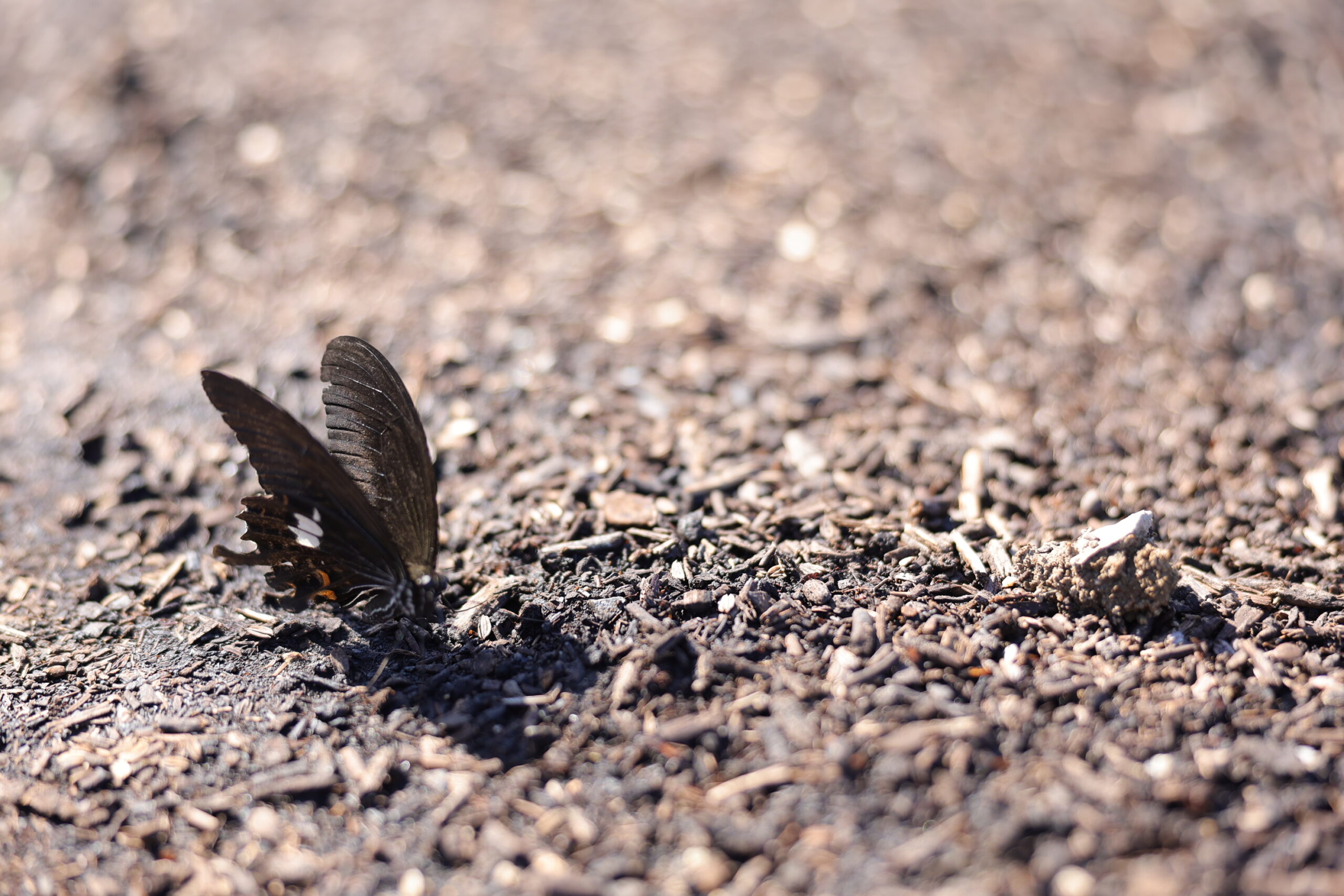
2023.10.7
“Two Ways of Eating Insects”
Mr. Tatsushi Fujihara, Historian
Insect eating is a murky topic. Broadly speaking, it can be split into two categories, though people talk about it like it’s all the same.
The first kind of insect eating involves traditional foodways using insects, developed over a huge span of time and passed down through the generations, under conditions inseparable from the specifics of the local vegetation and climate.
A well-known example from Japan is the practice of catching grasshoppers on rice plants and cooking them into a sugary paste or roasting them whole.
In Vietnam, where almost anything is fair game, the practices of eating diving beetles and giant water bugs are inextricable from wet rice cultivation. Known there as cà cuống, these insects aren’t just fried in oil, but can be soaked in nam pla (fermented fish sauce) to make a special kind of shoyu. The pheromones of the male water bug are also used to create a potent flavoring.
Aboriginal Australians, whose customs and lifestyles were upended by white settlers, once cooked moth larva or snacked on raw honeypot ants, which store nectar in their abdomens.
The second kind of insect eating, disconnected from the specifics of the local vegetation and climate, involves the cultivation and processing of insects at industrial scale, as a protein source for food products.
Crickets are fed and cultivated in huge quantities, then dried and turned into a powder. TV shows and newspapers have given ample coverage to how such powders can be used as flour in cookies. These methods have been touted as an ecological and ethical solution to the problems posed by food shortages and climate change. The idea is that raising livestock puts a massive burden on the environment, but with insects, the burden is more manageable.
It’s a question of culture versus commerce. Granted, there’s considerable gradation between the two. Rice cultivation, after all, can be seen as an industrial practice, disconnected from the natural world. As a result of the widespread use of pesticides, water bugs can’t survive in the paddies of Vietnam, so now they’re being farmed. We may be witnessing the end of an era when ecologists in economically developed countries viewed “cultures living off the land” through rose-colored glasses.
The above notwithstanding, I’d be remiss not to admit there’s an absolute difference between these two. A difference of eons and eons, of deep cultural roots. What we eat is deeply tethered to the plants, soil and climate of the place we live, conditions that the industrialized mass production of insects is already veering away from, just like the meat industry before it. We can expect for industrally produced insects to become more of a mainstay for the underclasses of the global economy (while the wealthy continue to enjoy the same food they do now), creating a new excuse for increasingly lower pay. If we allow our spiritual culture to deteriorate to the point where the market defines our ethics, we’ll never be able to fix the problems that are tearing the planet asunder.
Translated by Sam Bett
